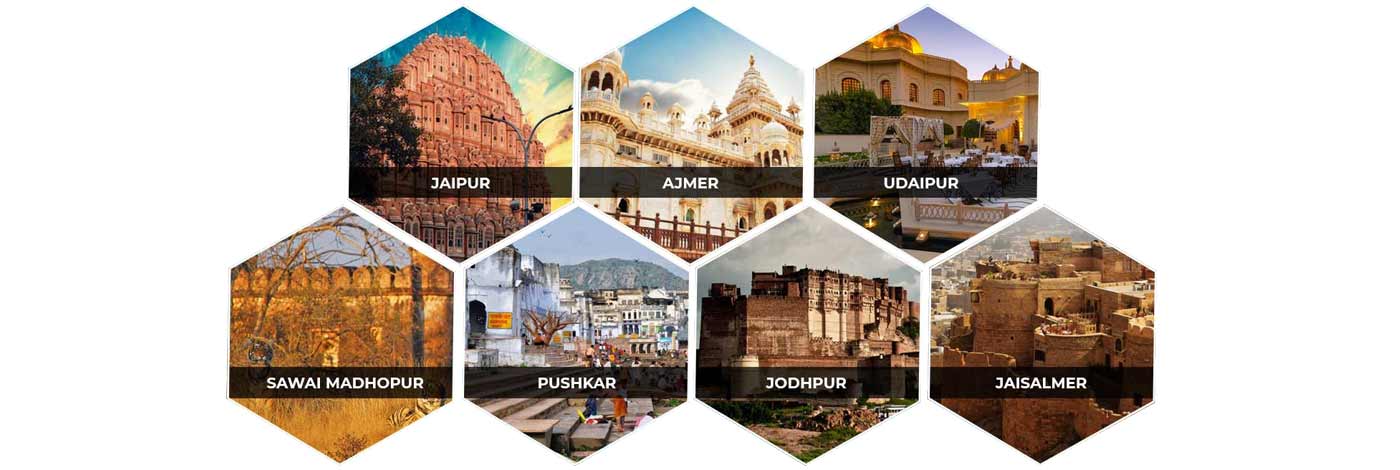
Ganga Government Museum
The history of the Ganga Government Museum in Bikaner dates back to the early decades of the last century when Maharaja Ganga Singh Ji, the then ruler of the state, appointed an Italian scholar named Dr. Luigi Pio Tessilori on 6th December 1915 for conducting the historical and bardic survey of the region.
During the survey, a vast hoard of archaeological wealth, consisting of Proto-Historic material remains, terracotta, sculpture, epigraphs, coins, etc. of the subsequent period were found and brought to light.
In 1937, these acquired art treasures from the various parts of the state were housed in a newly constructed building during the Golden Jubilee celebration of Maharaja Ganga Singh's reign. He himself spared a number of other objects of general interest from his own palace to the museum.
The building was then named as Ganga Golden Jubilee Museum and was inaugurated on 5th November 1937 by the then Governor General of India, Lord Linlithow.
In the year 1950, the museum was taken over by Government of Rajasthan under Department of Archaeology and Museums and was renamed as Ganga Government Museum, Bikaner.
The first level of the museum is adorned with portraits of the Maharajas of Bikaner and several English dignitaries. The second level of the museum houses artifacts and crafts of wood, metal and glass. Highlights of the museum are the gilded golf leaf paintings on camel hides of usta craftsmen and Silk Robe of Shahzada Saleem. The museum is revered for being a storehouse of all miniature collection of Rajasthani paintings from schools of Bundi, Mewar, Jaipur, Bikaner and Jodhpur. Another significant display of the museum is the weapons used by the Rajputs.
The museum also has large array of Terracotta artwork and artifacts from sites of Indus Valley Civilization and Kalibangan, ancient Theris of Badopal, Rangmahal, Hanumangarh and Suratgarh in Bikaner excavated by Dr. L.P. Tessitori. Replica of Gajner Palace, a teak table, an Ikka (horse carriage) and chariot are other masterpieces displayed in the museum with extraordinary lacquer work by craftsmen of Bikaner.
Museums in Rajasthan
Rajasthan is the home of royals having a golden history. Like its forts and palaces, Rajasthan museums known to displays historic marvels and murals. "Museums of Rajasthan" details the origin, history and theimportance of seventeen government museums of the state. Themuseums covered include those of Ahar, Ajmer, Alwar, Amber, Bharatpur, Bikaner, Chittorgarh, Dungarpur, Jaisalmer, Jhalawar,Jodhpur, Kota, Mount Abu, Pali, Sikar, Udaipur and Virat Nagar.This book provides a different section on each museum, cataloguingsignificant archaeological findings, sculptures, paintings, armsand weapons, musical instruments, textiles and carpets, crafts anddecorative arts, jewellery, terracotta, wood, stone, leather andmetal work, ceramics and pottery. This selection of the archivalcollections explores the rich artistic tradition of Rajasthan, describes their significance and how they figure into the overalldevelopmental pattern of Indian art. "Museums of Rajasthan" surveysthe character of Rajasthani art and the influences arising from itsreligious and cultural milieu. The major themes of the collectionsas well as the style, history, and iconography of individual piecesare succinctly explained. This book combines concise overviews withcaptivating detail and includes an appendix that providesinformation about the museum sites, full addresses of all themuseums and brief details of opening hours. It is also an engagingvisual record and presents superb artworks in stunning, well chosencolour photographs. It will be of immense interest to scholars, andwill prove to be an invaluable reference tool and guide forvisitors to Rajasthan.
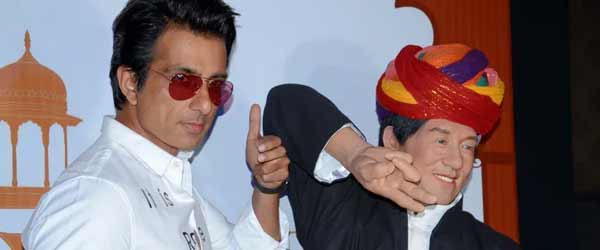
Jaipur Wax Museum
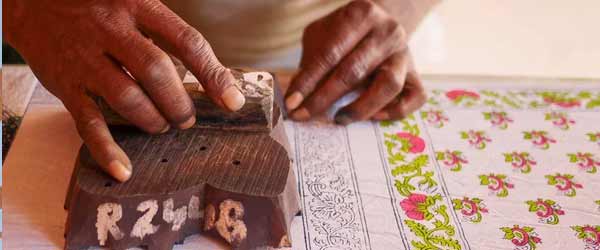
Anokhi Museum of Hand Printing
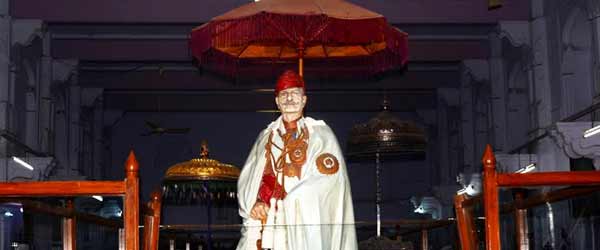
Maharao Madho Singh Museum
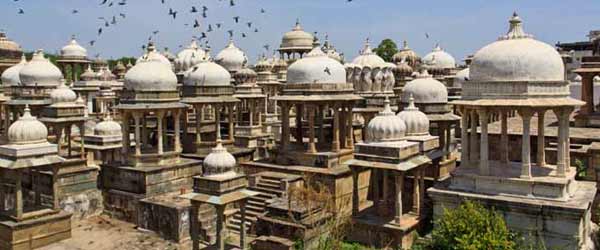
Ahar Museum, Udaipur
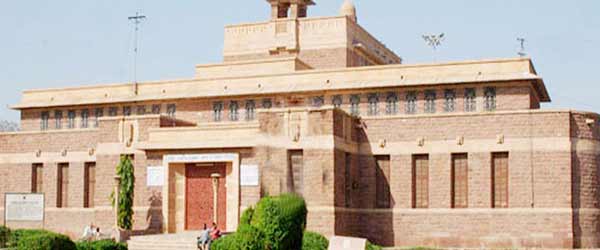
Jodhpur Government Museum
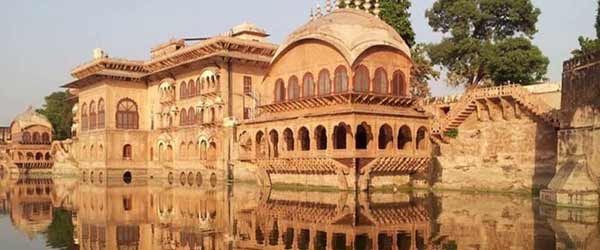
Bharatpur Palace and Museum
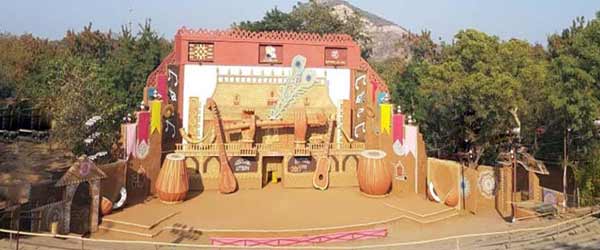
Shilpagram, Udaipur
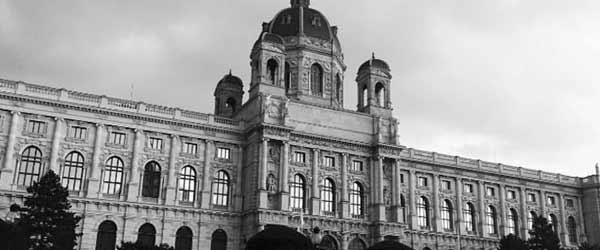
Government Museum of Ajmer
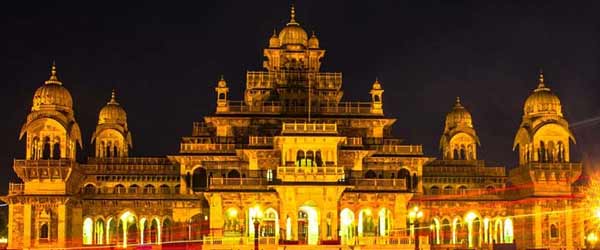
Albert Hall Museum, Jaipur
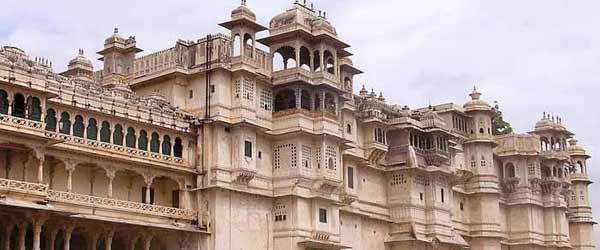
City Palace Museum, Udaipur
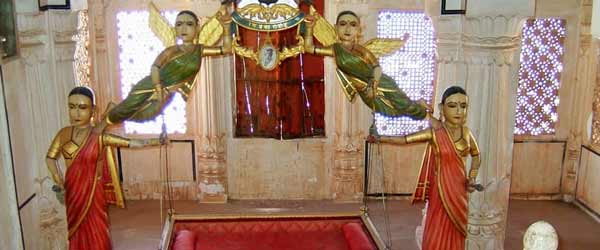
Dolls Museum in Jaipur
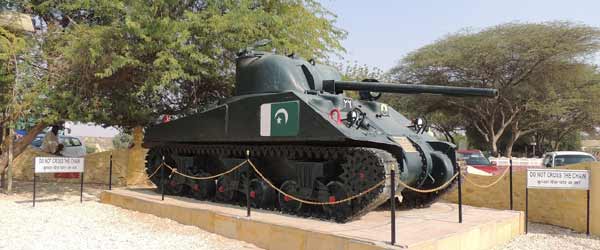
Longewala War Museum
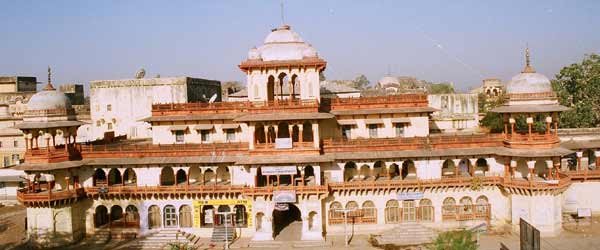
Jhalawar Government Museum
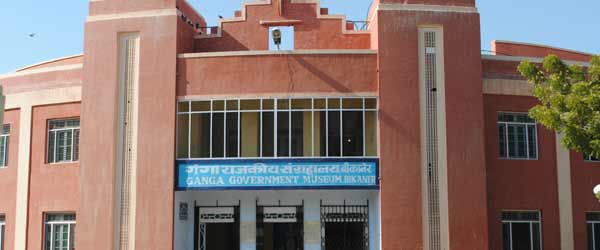
Ganga Government Museum
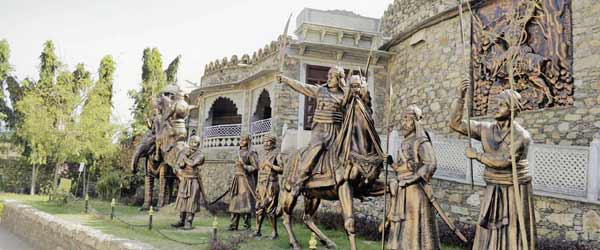
Haldighati Museum, Udaipur
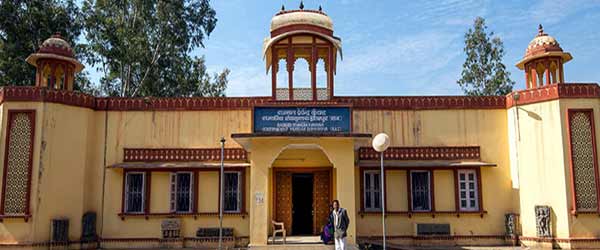
Archaeological Museum
 +91 9549279999
+91 9549279999 